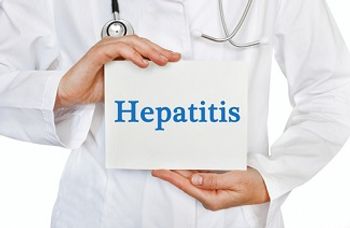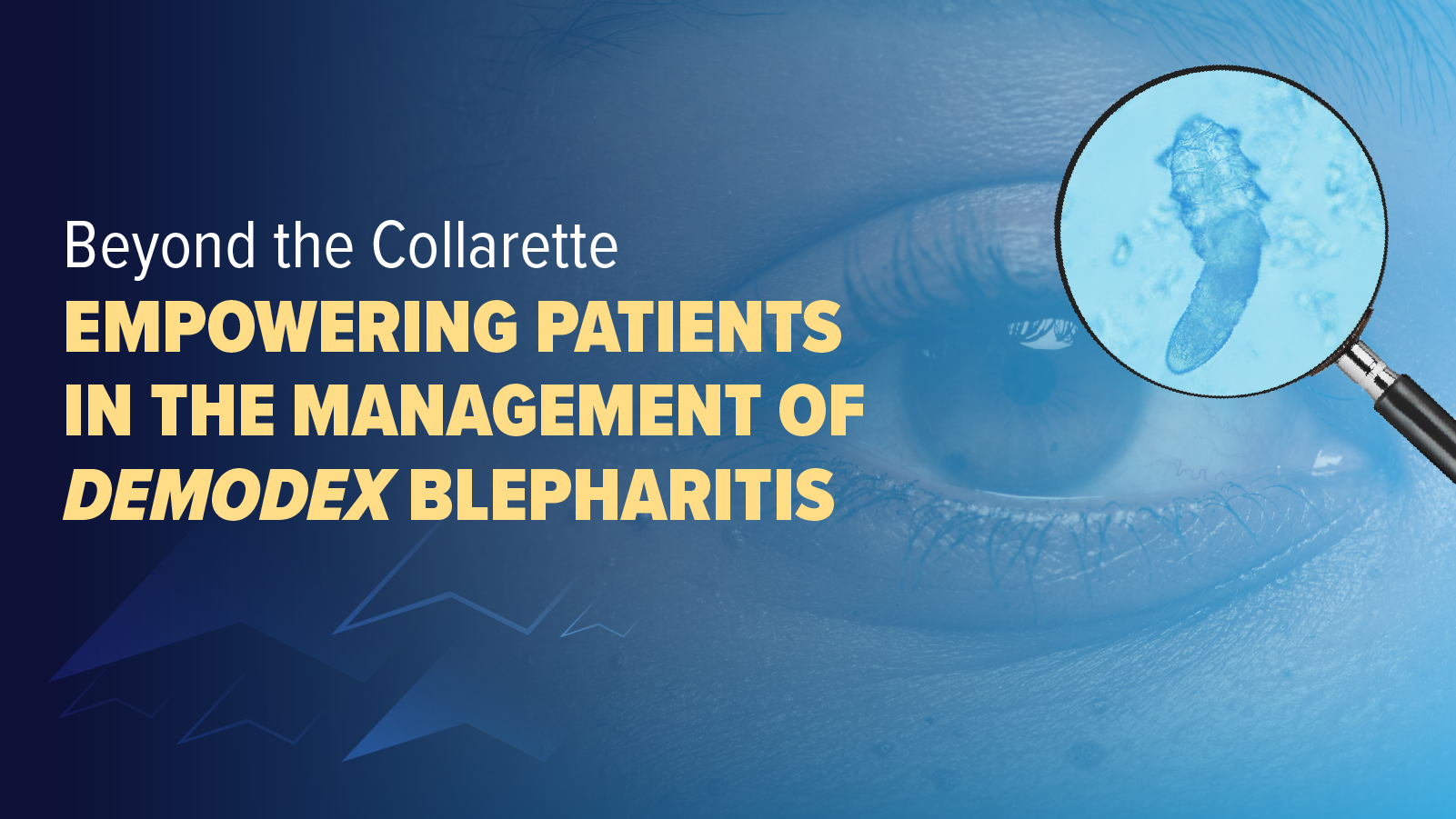
Findings From Screening Study for Hepatitis B and Hepatitis D Demonstrate Need for Follow-Up Testing
In our latest podcast, first author Elizabeth Marlowe, PhD, D(ABMM), offers insights on her study looking at this ongoing issue, including the need for increased testing and getting patients into the continuum of care in a more efficient manner.
Results from the first US study that looked at hepatitis B virus (HBV) and hepatitis D virus (HDV) prevalence concurrently found that 2.2% of HB surface antigen (HBsAg)–positive specimens were positive for HDV antibodies (Abs), and of those, 28%, or approximately one-third, were positive for HDV RNA or active infection.1 The study’s results were published in the Journal of Viral Hepatitis.
“We looked at over 5200 specimens across the US. About 2.2% of those were positive for hepatitis D antibodies,” said study first author Elizabeth Marlowe, PhD, D(ABMM), executive scientific director of infectious diseases for Quest Diagnostics. “The algorithm is if the antibody is positive, you then want to run a PCR [polymerase chain reaction] to look for RNA, which means you have active infection. And of those, about 28% of those were positive for RNA.”
The study investigators looked at deidentified remnant HBsAg-positive specimens submitted for routine clinical testing to Quest, representing all 10 US Department of Health and Human Services (HHS) regions. Female participants made up 45% of the participants, and the mean ages were 50.8 (male) and 49.4 (female) years. Reflex testing of HBsAg-positive specimens for HDV antibody testing and further testing of positive specimens for HDV RNA were conducted from July 2023 to June 2024.1
As the study looked at prevalence by HHS region, one interesting finding was the highest absolute number of HDV Ab–positive specimens in HHS Region 9, which includes California, Nevada, and Arizona.
HDV is concerning because of its ability to progress to more serious complications, including cirrhosis and hepatocellular carcinoma. Wranke et al showed that having HDV leads to a faster progression to the aforementioned conditions and other liver-related end points.2
“Given the serious nature of the disease, universal testing of HBsAg-positive specimens followed by reflex HDV RNA would increase our understanding of HDV prevalence, allow for earlier identification and linkage to care, and benefit patients with previously unrecognized HDV infection,” the Journal of Viral Hepatitis investigators wrote.
Marlowe mentioned updated screening guidelines that are expected to come out soon and why HDV testing should be considered in testing for HBV. She referenced Robert Gish, MD, who is the medical director of the Hepatitis B Foundation and a fellow study author.
“He'll always tell you, if you have a patient [with] hepatitis B surface antigen–positive [results], always screen for hepatitis D,” Marlowe said.
Test and Treat
Traditionally, screening and receiving treatment for hepatitis can take 2 to 3 provider visits. However, there is a newer concept within hepatitis C care called test and treat, which looks to streamline the care process and may be applicable to patients with undetected chronic HBV and HDV. The concept simply has patients getting tested for the virus and leaving with medicine or a prescription for treatment in the same appointment. The significance here is getting more people into the continuum of care.
“I think it's an exciting area," Marlowe said of test and treat. "I think it goes back to implementation science…and we want to improve screening rates, so if you have a patient in the office, you can screen them, and you're not going to lose them to follow-up. That's the goal, right?”
References
1. Marlowe EM, Swanson BE, Realegeno SE, Meyer WA 3rd, Gish R, Kagan RM. Epidemiological burden of hepatitis delta virus in the United States. J Viral Hepat. 2025;32(6):e70029. doi:10.1111/jvh.70029
2. Wranke A, Heidrich B, Deterding K, et al. Clinical long-term outcome of hepatitis D compared to hepatitis B monoinfection. Hepatol Int. 2023;17(6):1359-1367. doi:10.1007/s12072-023-10575-0
Newsletter
Stay ahead of emerging infectious disease threats with expert insights and breaking research. Subscribe now to get updates delivered straight to your inbox.

















































































































































































































































































